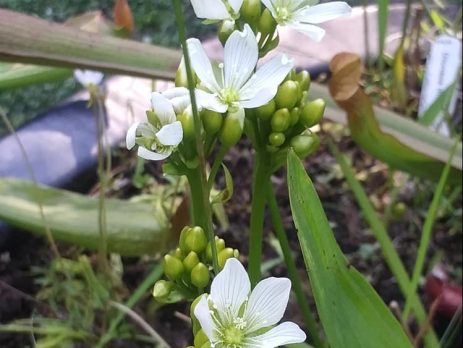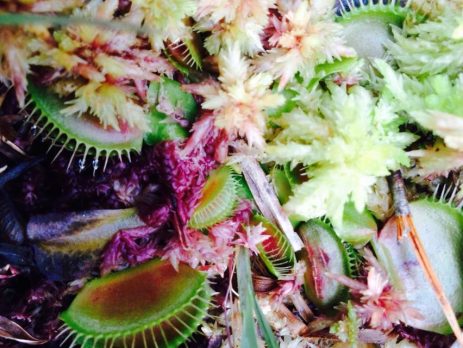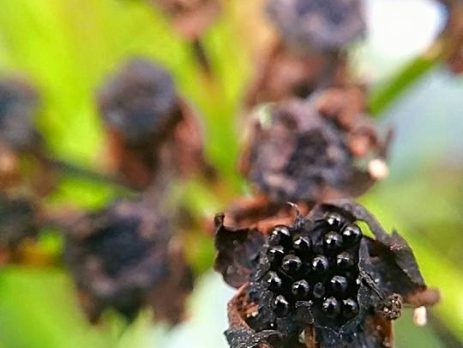What happens if my Venus Flytrap sprouts a flower stalk?
If your Venus Flytrap sprouts a flower stalk, it is generally recommended that you remove the flower stalk as soon as possible. This is because flowering can be a stressful process for the plant, and it can divert energy and resources away from trap production and growth. In addition, once a Venus Flytrap has flowered, it may enter a dormant period, during which it may not produce any new traps or leaves for several months. To remove a flower stalk from...










